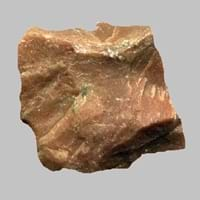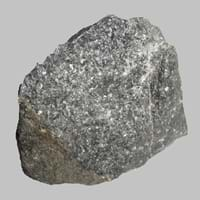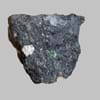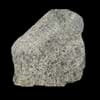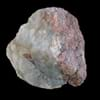Rhyolite vs Andesite
Rhyolite vs Andesite Information
Earth’s outer layer is covered by rocks and these rocks have different physical and chemical properties. As two rocks are not same, it’s fun to compare them. You can also know more about Rhyolite and Andesite Reserves. Rhyolite is a fine-grained igneous rock which is rich in silica. Andesite is a dark, fine-grained, brown or greyish intermediate volcanic rock which is a commonly found in lava. These rocks are composed of many distinct minerals. The process of formation of rocks is different for various rocks. Rocks are quarried from many years for various purposes. You can check out Rhyolite vs Andesite information and Rhyolite vs Andesite characteristics in the upcoming sections.
Rhyolite vs Andesite Characteristics
Though some rocks look identical, they have certain characteristics which distinguish them from others. Characteristics of rocks include texture, appearance, color, fracture, streak, hardness etc. Rhyolite vs Andesite characteristics assist us to distinguish and recognize rocks. Also you can check about Properties of Rhyolite and Properties of Andesite. Learn more about Rhyolite vs Andesite in the next section. The interior uses of Rhyolite include Decorative aggregates, Homes, Hotels, Interior decoration and Kitchens whereas the interior uses of Andesite include Decorative aggregates, Floor tiles, Homes, Interior decoration and Kitchens. Due to some exceptional properties of Rhyolite and Andesite, they have various applications in construction industry. The uses of Rhyolite in construction industry include Arrowheads, As dimension stone, Building houses or walls, Construction aggregate, Cutting tool, For road aggregate, Knives and that of Andesite include Cobblestones, Construction aggregate, For road aggregate.
More about Rhyolite and Andesite
Here you can know more about Rhyolite and Andesite. The life cycle of a rock consists of formation of rock, composition of rock and transformation of rock. The composition of Rhyolite and Andesite consists of mineral content and compound content. The mineral content of Rhyolite includes Biotite, Feldspar, Hornblade, Plagioclase, Pyroxene, Quartz and mineral content of Andesite includes Amphibole, Apatite, Biotite, Feldspar, Garnet, Hornblade, Ilmenite, Magnetite, Plagioclase, Pyroxene, Zircon. You can also check out the list of all . When we have to compare Rhyolite vs Andesite, the texture, color and appearance plays an important role in determining the type of rock. Rhyolite is available in grey, white, light black colors whereas, Andesite is available in bluish - grey, grey, pink, yellow colors. Appearance of Rhyolite is Banded and that of Andesite is Dull and Soft. Properties of rock is another aspect for Rhyolite vs Andesite. The hardness of Rhyolite is 6-7 and that of Andesite is 7. The types of Rhyolite are Pumice Rocks, Obsidian Rocks, Perlite Rocks, Porphyritic Rocks. whereas types of Andesite are Icelandite. Streak of rock is the color of powder produced when it is dragged across an unweathered surface. The streak of Rhyolite is colorless while that of Andesite is white. The specific heat capacity of Rhyolite is Not Available and that of Andesite is 2.39 kJ/Kg K. Depending on the properties like hardness, toughness, specific heat capacity, porosity etc., rocks are resistant to heat, wear, impact, etc.Rhyolite is heat resistant, wear resistant whereas Andesite is heat resistant, pressure resistant, wear resistant.
